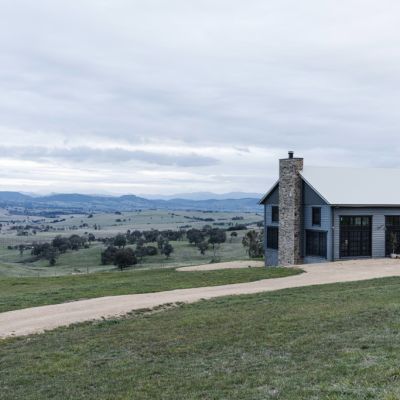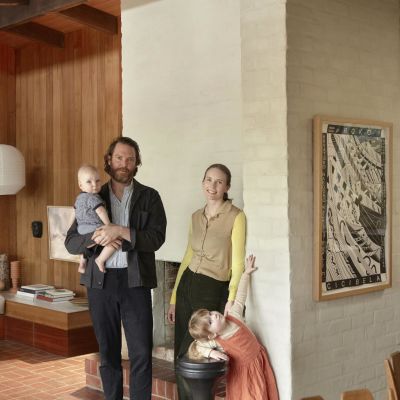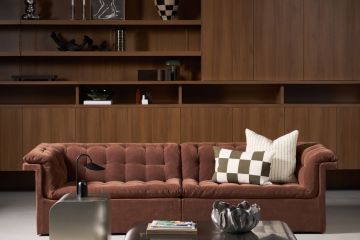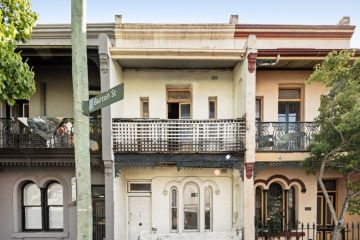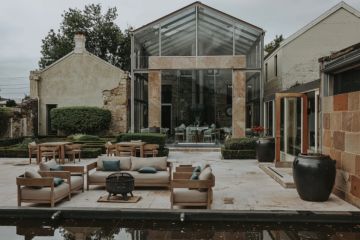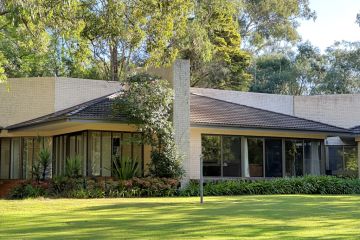How iconic Australian homes are inspired by Palm Springs style

Home to the largest collection of preserved mid-century modern architecture, the Californian desert city of Palm Springs continues to offer a timeless appeal to design enthusiasts of the world, and for very good reasons.
In the 1930s, Palm Springs became Hollywood’s most popular desert getaway, with many stars – such as Frank Sinatra and Marilyn Monroe – leasing or buying homes in the area.
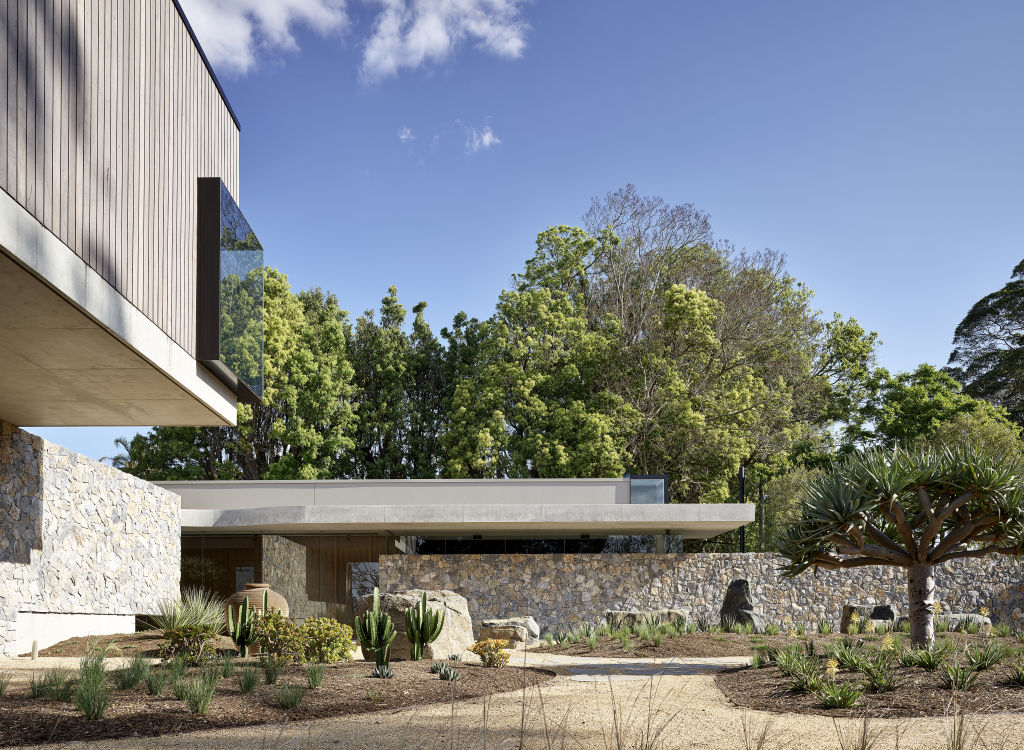
The wealthy began commissioning homes by visionary architects, who brought their own spin on Bauhaus and international style, reworking it for the desert environment.
This then gave birth to desert modernism, a response to the city’s sunny skies and warmth, notable for its use of clean lines, natural materials, and extensive glass.
Little wonder, then, that Australian architects and designers would come to adopt, be inspired by, and interpret this style, with parts of our climate akin to Palm Springs.
Take, for example, the Byron hinterland home Las Palmas Byron Bay, a project by both Duo Architects and Davis Architect which gracefully showcases the interaction between the built and natural landscapes.
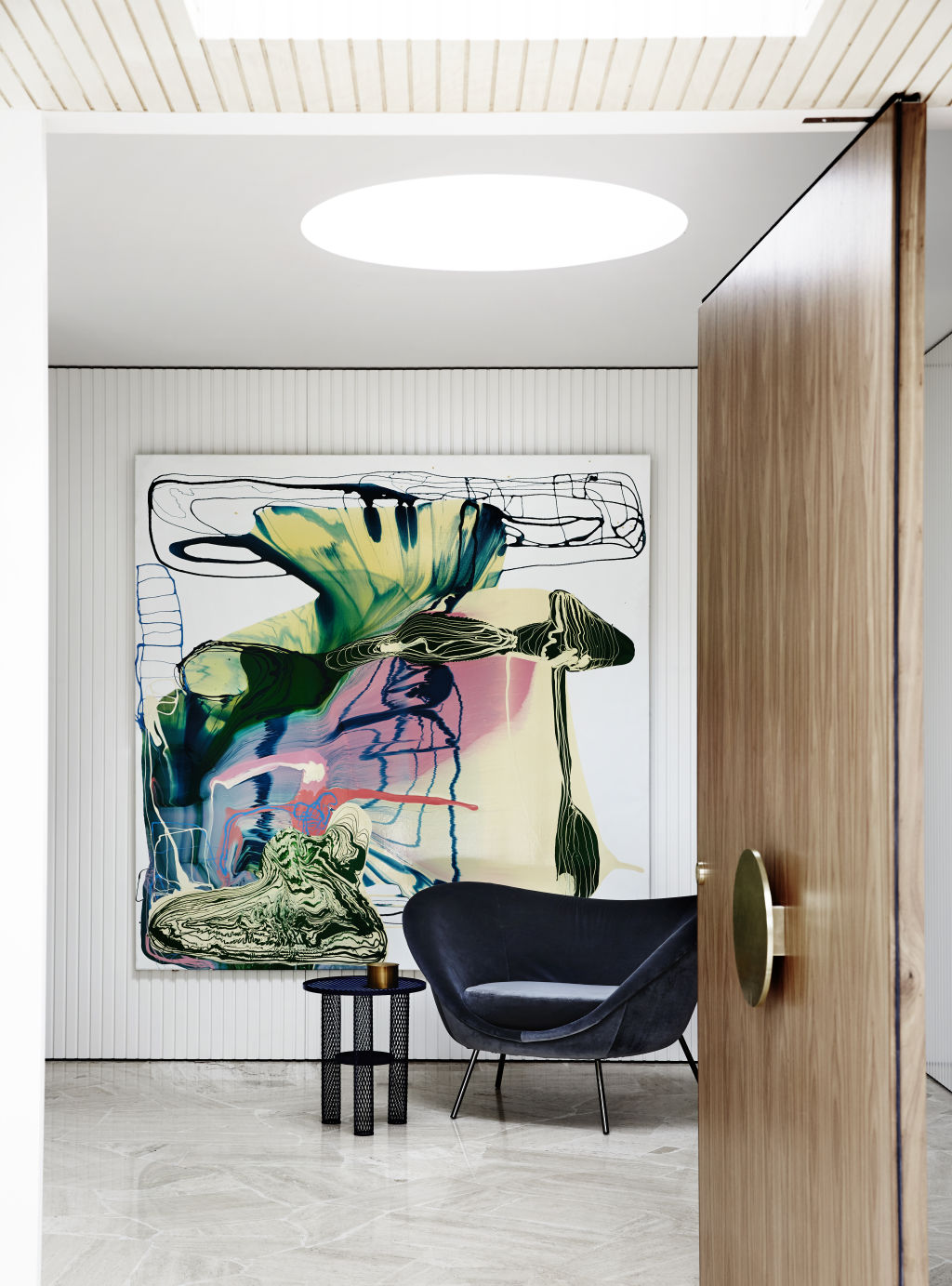
“The Palm Springs style works incredibly well in the subtropical north coast climate, and with great weather like ours, why would you not want to duck between the inside and outside seamlessly,” says Ed Davis, principal architect of Davis Architects. “Generous amounts of glass were used throughout Las Palmas, allowing for multiple access [points] to the garden and views that extend towards the distant hills.”
Another cue taken from mid-century modern design is the flat planar roof, designed to be almost impossibly thin, seemingly floating above the building’s plan. “The roof can be seen from above upon entry and almost becomes a fifth facade,” Davis says.
The Palm Springs effect has also made its way to Onedin in Toowoomba, Queensland, a landmark project for Shaun Lockyer Architects. Lockyer says the house “draws its inspiration from the modern era of architecture, which is exemplified by the work of Richard Neutra at his Kaufmann House in Palm Springs”.
“While the architectural form varies enormously from this house, the compositional ideas were heavily influenced, so too was the use of the arid garden,” he says.
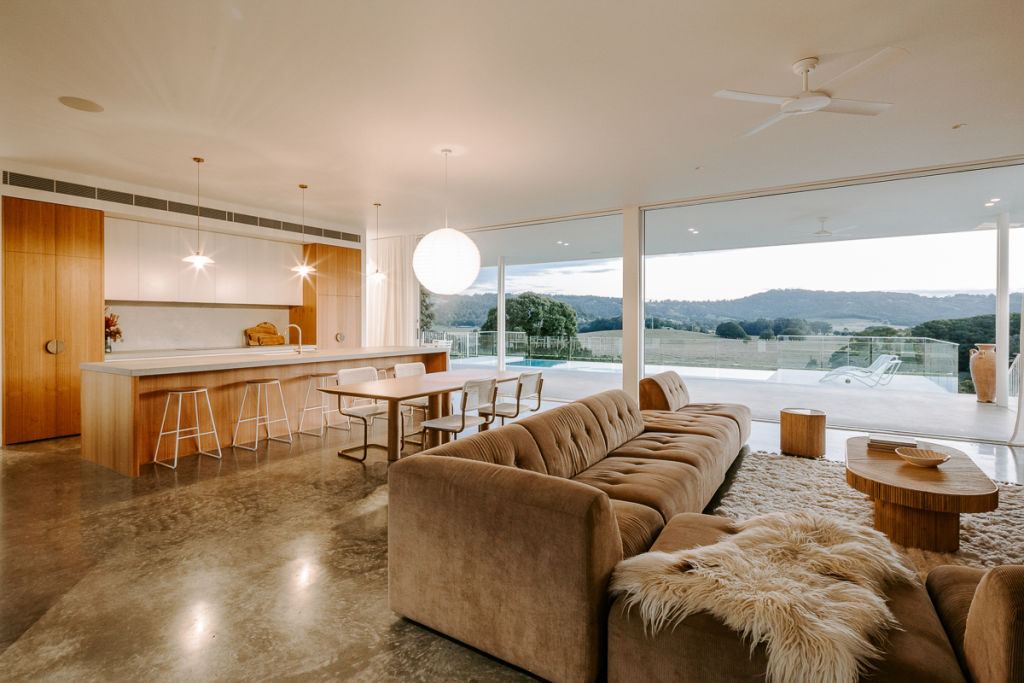
Although the use of clean lines is a prominent theme, natural curves are also beautifully incorporated; a nod to yet another acclaimed home hailing from Palm Springs.
“The Elrod House by John Lautner, which features curve-swept walls, remains a strong inspiration in all of my works,” Lockyer says.
“His use of organic forms reference the landscape heavily, which is where I frequently identify with his narrative.”
This same passion for mid-century modern design is present in DDM Residence, a Palm Springs-inspired home in Melbourne’s Caulfield North, completed by Mim Design.
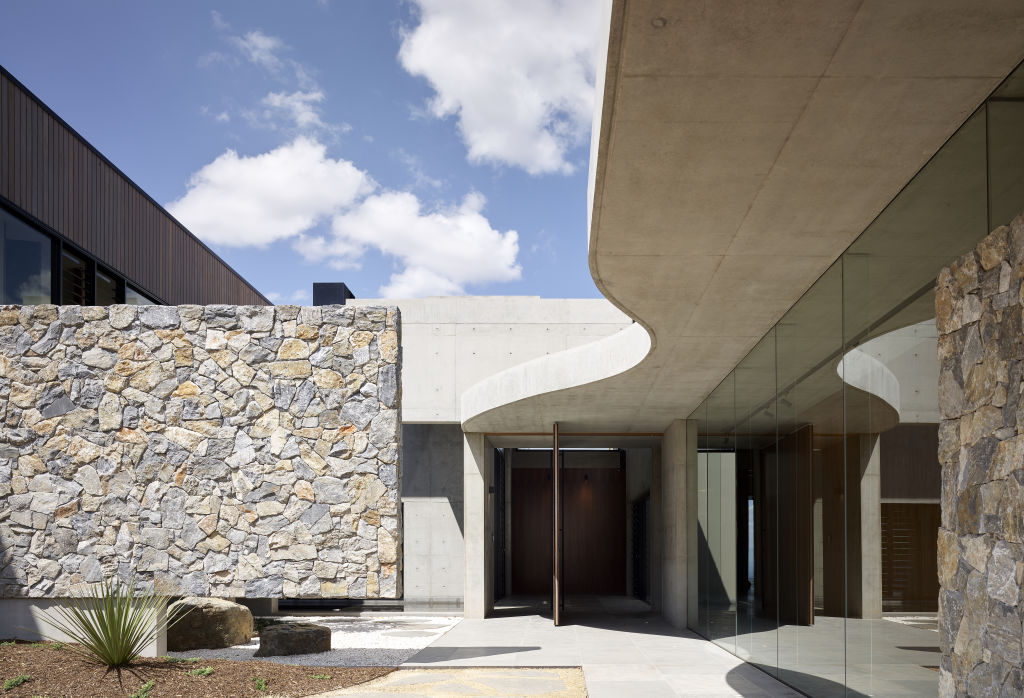
“After visiting Palm Springs in 2015, I really understood the value of pushing design boundaries, as the designers of the 1950s and 1960s did,” says founder and principal Miriam Fanning. “Their example led the way for a unique, coloured, textured, and simplistic design that exudes both style and timelessness.”
Fanning embraced the opportunity to inject a heady dose of this into the DDM Residence, capturing the hallmarks of the modern architectural movement while instilling a sense of ease, approachability and comfort.
“Our respectful interior intervention is a contemporary yet synergetic response to the mid-century era of the DDM home; modernist, functional, and thoughtfully curated,” Fanning explains. “Deep walnut veneer, white mosaics, pale stone, and ribbed cabinetry all work together to generate a refined interior sensibility that reflects the strength and simplicity of the architecture.”
We recommend
We thought you might like
States
Capital Cities
Capital Cities - Rentals
Popular Areas
Allhomes
More
